In today’s environment, where consumers are more aware and cautious than ever before, brand authenticity and transparency are no longer optional.
Customers today don’t only buy items; they also buy into stories, values, and trust. And if they get the impression that something isn’t genuine, they’ll go right away.
Brands that embrace openness and authenticity do more than just increase sales; they also develop communities, retain customers, and convert audiences into brand evangelists. So, what will this mean for businesses in 2025? Let’s dive in.
Why Brand Authenticity is More Important Than Ever
We live in an era of hyper-connectivity. With social media, online reviews, and rapid access to information, consumers may detect inauthenticity from a long distance. A brand’s reputation is shaped not only by what it says about itself but also by what other people say about it.
Customers expect brands to:
- Be real – No exaggerated claims, no polished corporate fluff—just an honest representation of what they do and stand for.
- Deliver on their promises – If a brand says they prioritize sustainability, customers want to see proof. If they claim to have great customer service, people expect an experience that reflects that.
- Engage in honest communication – Transparency builds trust. Whether it’s pricing, company policies, or product sourcing, today’s consumers appreciate openness over secrecy.
How Customers React To Authenticity
When brands show up authentically, consumers connect on a deeper level. Studies show that people are more likely to support brands that align with their personal values. Authenticity creates:
- Stronger emotional connections – People want to buy from brands that “get them.” Authentic messaging and storytelling help create that sense of understanding and belonging.
- Greater trust and loyalty – Customers who believe in a brand’s mission are more likely to stick around and become repeat buyers.
- Higher engagement and advocacy – When consumers trust a brand, they don’t just buy—they share, recommend, and advocate for it within their communities.
On the other hand, when brands fail to be authentic or open, the backlash can be severe. Greenwashing (false sustainability claims), deceptive advertising, and unethical corporate practices are all revealed in minutes on social media. Customers are no longer passive; they hold brands accountable.
What Does Brand Transparency Look Like in Action
Transparency is more than just exposing company secrets; it also means communicating clearly, honestly, and openly. Here’s how it looks in practice:
- Clear and honest product information – Customers appreciate brands that disclose what’s in their products, where they’re made, and how they’re sourced.
- Owning mistakes and making improvements – When a brand messes up, customers don’t expect perfection, but they do expect accountability. Owning up to mistakes and showing how you’re making things right builds long-term trust.
- Behind-the-scenes access – Brands that pull back the curtain and show the people, processes, and culture behind their products create a sense of authenticity that resonates with audiences.
- Open dialogue with customers – Engaging directly with customers through social media, responding to feedback, and actually listening to what people want builds deeper relationships.

How Brands Can Develop Authenticity and Transparency
Authenticity cannot be manufactured; it must stem from the core of a brand’s identity. Here’s how to include it in your brand strategy.
- Define Your Brand Values – What do you stand for? Your messaging, content, and actions should always align with these values.
- Be Consistent – Authenticity isn’t a one-time campaign; it’s a long-term commitment. Ensure consistency across all platforms and interactions.
- Encourage Customer Stories – Nothing builds authenticity like real people sharing real experiences with your brand.
- Show the Human Side – People relate to people. Highlight your team, your process, and what makes your brand unique beyond just your products.
- Deliver on Promises – If you market yourself as ethical, customer-first, or innovative, ensure every touchpoint backs that up.
The Future of Brand Trust
By 2025, trust will be the ultimate currency. Consumers have more options than ever, and they want businesses that feel genuine, honest, and human. Those who embrace authenticity and openness will not only get customers but also build long-term connections that drive growth and loyalty.




